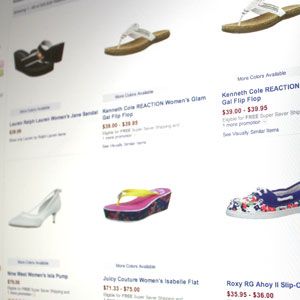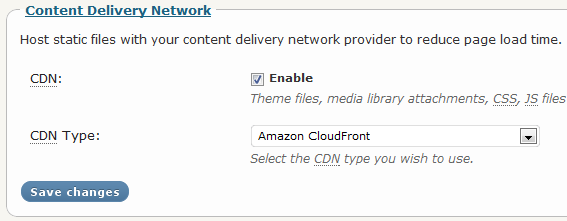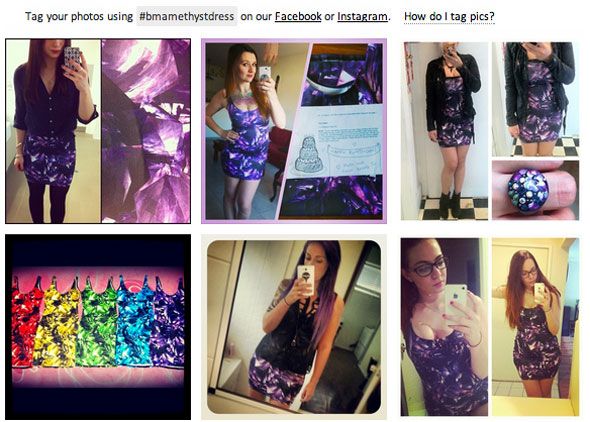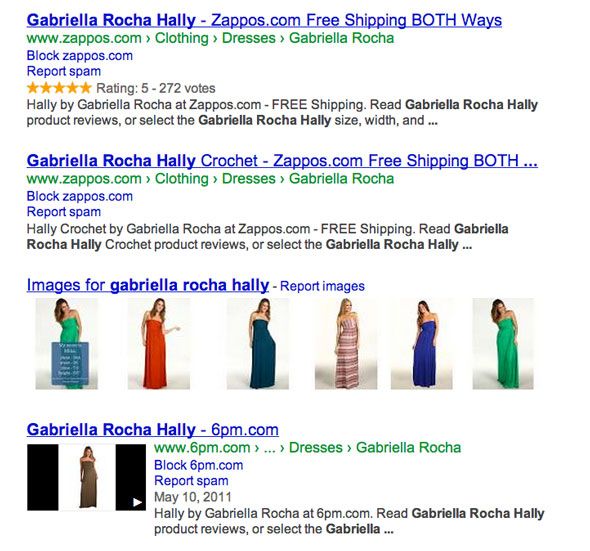Starting an online store is ridiculously easy. Seriously, if somebody tries to charge you thousands for installing an eCommerce solution, just smack them. The hard part is getting search engines to care (ranking), getting customers to actually buy things (conversion), and keeping them coming back again (retention).
Here are 10 things you should do or consider when starting your own online store; but most are neither quick, nor easy - eCommerce is tough!
Choose Your System Carefully
Steer clear of specialized custom solutions built on obscure and old code - choose a system that's popular, well supported, with a good community behind it, and which produces stunning looking shops. If you want to avoid any contact with code, a hosted platform like Shopify is a cinch to get up and running with plans starting at around $30/month for up 100 products.
For full control over the site at a code level, look toward either Wordpress with one of the popular eCommerce plugins like Jigoshop (featured on our Best Wordpress Plugins page), or a dedicated eCommerce open source solution like OpenCart.
In either case, you typically need to pay for themes and additional functionality, though the base system is free.
Optimize, Optimize & Optimize
Slow page load times mean loss of customers. If you've gone for a hosted solution when starting an online store, there's not much you can do on this front and probably won't need to - but when you've set up shop using Wordpress or another self-hosted system, optimizing the page load speed is absolutely essential. Follow these three easy steps to speeding up Wordpress.
Be Unique
Unless you're actually producing your own products, there's a good chance you're using product feeds, including descriptions and photographs supplied by the manufacturer. Bad idea. Your content is going to be basically the same as hundreds of other online shops that purchase from the same supplier.
At the very least rewrite all the product descriptions, and put your own spin on them; ideally, take your own product images. If you're retaking product images anyway, take some from every angle and use this jQuery plugin to make a 360 view that can be rotated.
Check Out The Competition
This doesn't just apply to eCommerce of course, but any website. Search a keyword you're hoping to establish yourself in, and compare the results. If the pages are badly designed and outdated, congratulations - you're in with a good chance of success selling in that niche, but you should still consider how you would be better if someone else decided to enter the space.
If they're beautifully designed and clearly doing well, think long and hard about whether you can genuinely compete with them. What can you offer that they don't already achieve?
It's Not Enough To Just Sell
The choice of where to shop online is just so expansive that consumers really have the upper hand - they can literally choose from any site in the world after all. Unless you're competing on price - which is again very difficult since anyone can set up shop with virtually no costs and compete by undercutting - your site needs to be more than just a shop. Established brands get around this - and can charge a premium - by the fact that they have a customer base who trusts them and turns to them first for any needs.
As a new seller, you have neither brand, nor the ability to cost-cut any more so than the next guy, so use your unique product knowledge and skills to offer something more than simply a shop. Write high quality blog posts on the topic, link to your own products, and establish yourself as an expert. Share your knowledge, and be a part of the community around the products (if there is one) - don't just try to sell things.
Pay Special Attention To SEO
Bloggers have it easy - they can develop a persona, write hundreds of words a day of unique content, and if it's good enough, they will come. eCommerce isn't like that unfortunately - it's particularly vulnerable to SEO problems, and many online stores have found themselves struggling in the relegation zone after the last few years of Google algorithm changes. Why?
- Product descriptions tend to be short, leading to a small amount of actual on-page content - which can be considered "low quality" by search engines. Read more below on how to expand page content.
- Product variants such as size or colour can generate unique URLs with effectively duplicate content. These should all be canonical(ised?) back to the main product page.
- Products in multiple categories create duplicate URLs; again, ensure you're using rel-canonical.
- Product categories often span multiple pages and thousands of products - make sure all the items are indexed with correct use of rel=next and rel=prev tags.
Expand Page Content With Customer Input
Simply having a product image and short paragraph of description text is not enough anymore - but you will have a powerful resource that probably lies untapped - customers. Don't underestimate peoples desire to share their opinions and actions shots of the product - especially if you offer prizes to the best submissions each month.
Black Milk Clothing, hosted at Shopify, is a great example of this. Each product has a distinct hashtag assigned, and the products themselves are incredibly "shareable" - you want to show them off.
When users share a photo and tag it on Instagram, it'll appear on the product page. Why limit yourself to one product photo when you can have 20?
Implement Structured Data & Videos
Structured data or "rich snippets", is special code added to a page to describe the kind of content - this might include videos, or average customer reviews. Include this markup on your page, and Google may use it (no guarantee) when the page appears in the search results. Look at the example below.
In this case, Zappos has included data about the user reviews; 6pm has included a product video. These are both far more likely to rank well and attract the attention of potential customers compared to text only results. Don't just be another search result - stand out from the crowd!
Run a Newsletter
Newsletters are the secret weapon of eCommerce - it's a captive customer base of loyal customers. When you make a sale, prompt the user to sign up for a newsletter and tick it by default. In addition, ensure there's a clear sign-up area on the homepage or sidebar, and if your system allows it, incentivise with a small coupon off their first order. It works.
Sending a reminder to write a review or submit pictures a week after purchasing is also an effective way to keep them coming back - Amazon and eBay both do this.
Get a Social Presence
A little cliché perhaps - but everyone and their dog has a Facebook, and your store should too. It's another direct marketing tool that you can and should use: interacting with customers, answering questions in an open and public way, offering sneak peaks into future products that will go on sale soon, and giving discounts.
Also consider pinning your best items to Pinterest, which is increasingly being used to drive sales.
It should also go without saying that a set of social share buttons on every page is basically essential at this point in time. Oh, and our free guide to marketing through social media is a probably a thing you should download, too.
No doubt about it - starting an online store that's successful is tougher than ever, but these tips should help you somewhat on the path to sales success.







